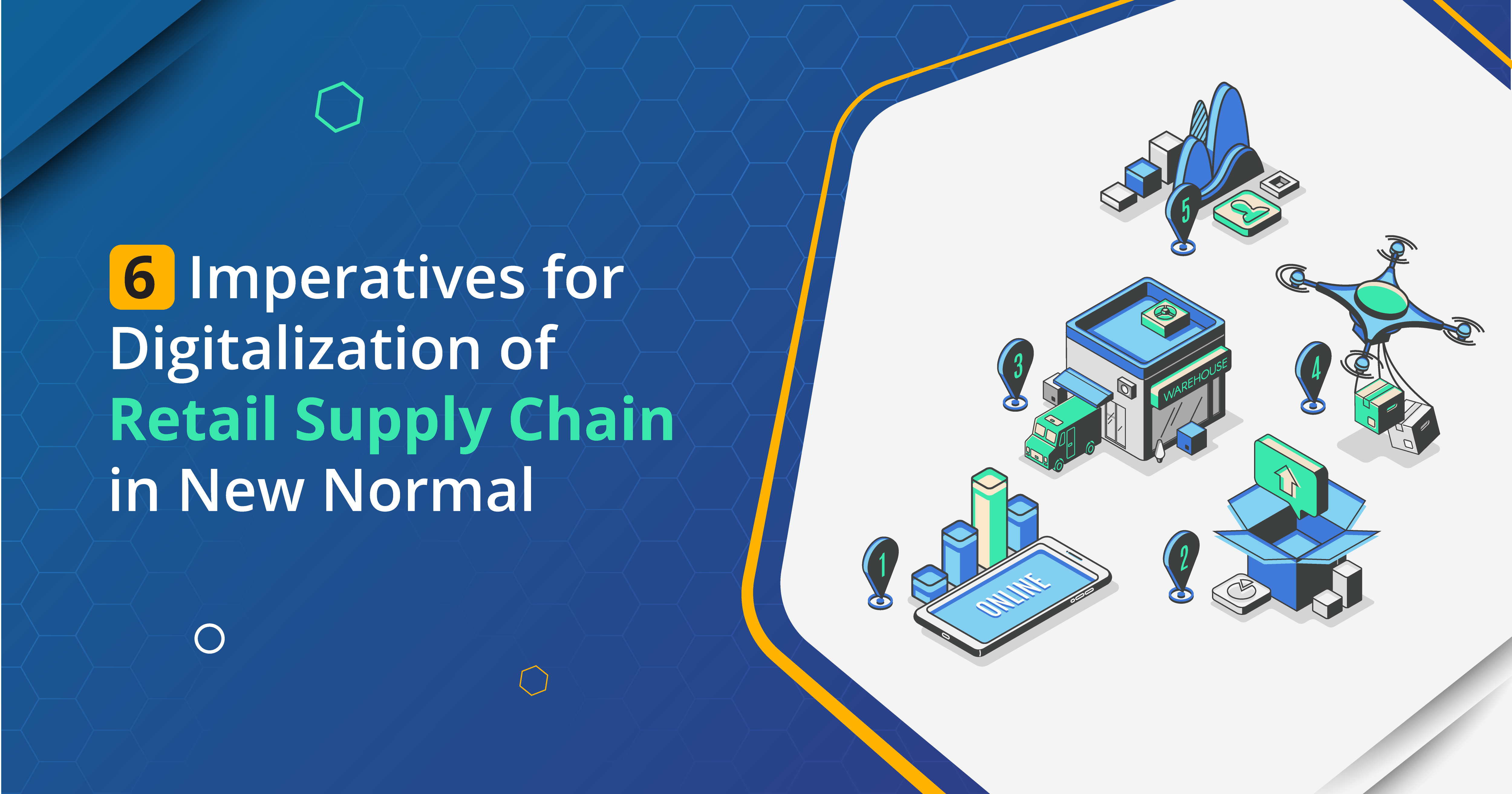The rapidly evolving landscape makes digital transformation no longer a luxury—it’s a necessity. However, the path to successful transformation can be complex and challenging. One of the most crucial aspects of this journey is understanding Agile Metrics for Success and maximizing the ROI of Agile Transformation. By adopting Agile methodologies, organizations can not only accelerate their digital initiatives but also ensure they’re getting the highest return on their investment. To navigate this terrain effectively, businesses need to focus on key performance indicators that truly matter. Following the 7 Digital Transformation ROI Agile Metrics for Success can prove to be a gamechanger.
In this blog, we’ll explore seven essential metrics that can help you gauge and optimize your digital transformation efforts, ensuring you achieve the highest possible Digital Transformation ROI with the Agile Metrics for Success. Whether you’re just starting your transformation journey or looking to refine your existing strategies, these metrics will serve as your compass for success.
Agile Enabling Organizations for Digital Transformation ROI: Agile Metrics for Success
Customer feedback loops are crucial for the relationship between development and operations, forming the basis of DevOps practices in the lifecycle of software development—from building and testing to deployment and monitoring. DevOps speeds up delivery and aligns with customer satisfaction, and its efficiency principles helped shape the Agile methodology in software development, thereby facilitating higher RoI of agile transformation.
Agile development fosters an environment of continuous delivery. With a flexible, iterative approach, it enables teams to roll out new features faster. The Agile Manifesto, introduced in 2001, promoted 12 principles and 4 core values to boost time-to-market and customer retention.
In one of the web conferences, “The Future of Connectedness: Technology Priorities for an Agile Enterprise,” a focus was placed on how organizations must adapt in their digital transformation (DX) journey to keep people, processes, and technology connected.
Creating Business Values is Footwork for ROI of Agile Transformation
For companies to reap the expected ROI from agile transformations, it’s essential to align clear objectives with the agile framework. The 15th Annual State of Agile Report (2021) showed that agile adoption in software development soared from 37% in 2020 to 86% in 2021. Companies benefit from agile by:
- 70% enhanced ability to manage changing priorities
- 66% improved business alignment
- 60% increased productivity
- 45% enhanced software quality
- 35% accelerated software maintainability
Agile’s true ROI lies in higher efficiency and quality. Organizations focusing on quick action based on customer feedback enjoy higher returns while maintaining or reducing costs. By defining business values, companies can effectively measure their Digital Transformation ROI for Success.
For the expected ROI of agile transformation, companies must focus more on “Higher Efficiency” & “Higher Quality” and business value needs to be defined in terms of ROI. Efficiency covers different aspects and deciding on what parameters it has to be judged like if it is to grow efficiency, watch on results of the product; if it’s less time-to-market, compare the time to release with competitors, and more. But what determines successful business is revenue metrics while maintaining the variables i.e., “Cost Reduction- Increase in Return”. Companies when focus on taking immediate action on customer feedback and providing what they would appreciate more, gain higher returns while maintaining the same cost. The variation can be changed i.e., “Cost Reduction- Constant Return” or “Constant Cost- Increased Return”.
7 Digital Transformation ROI Agile Metrics for Success
Merely choosing the agile transformation and undergoing, doesn’t guarantee successful return and customer satisfaction. As companies undergo transformation considering people, processes, tools, and technologies, they analyze the results and with proper practice and discipline, good return is achievable.
In April 2020, “Planview” was recognized as a Leader in the Gartner Magic Quadrant for Enterprise Agile Planning Tools.
ROI of Agile Transformation can be measured once the team has been trained for agile methodology and practices. Following are the metrics to determine the ROI of successful agile transformation:
- Cycle Time: An important metric to determine ROI in agile software development is cycle time that determines how work is flowing into and through the system as it is calculated from progress time to completed state. It has direct meaning with the stakeholders. A lower cycle time represents greater efficiency, decreased costs and shows less time spent for completion, this increases productivity and ROI.
2.Agile Maturity: Assessment of agile maturity is an important metric and there are plenty of agile maturity models for checking agility over time. To check maturity, companies can define maturity levels:
- Initial Level: To check whether everyone is aligned with agile practices.
- Commenced: To justify development and testing.
- Measured Level: Measuring code quality and other metrics.
- Optimizing Level: To test the continuous integration and deployment.
- Business Value: The comprehensive methodology to quantify the cost and benefit of adopting agile methods is included in business value. It is the roadmap to link industry standards such as project management, systems, and software, that identifies a set of critical factors for succeeding in agile. The complete estimation of cost, benefits, returns, the net present value of agile methods, etc.
For good ROI, the business value sees intersection in 3 key areas:
- What can your company implement successfully and sustainably?
- What do customers want and what do they take?
- What teams are excited to develop?
- Predictability: For clients, the paramount chief is predictability and also a key factor to determine ROI, improved quality, and lower cost of investment. Companies want to keep promises about continuous delivery, testing, and remediating code in each sprint. For better ROI, teams must have stable predictable programs especially when there are multiple dependencies between teams.
- Velocity: This implies an increase in team output at the same cost which can be measured per sprint delivered. Hence, it increases the amount of work done at the same cost as before and gives the view, how agile transformation is impacting your ROI. Velocity takes into consideration the following:
- How much work was done by the team to complete the past sprint?
- How long did it take for the team to get work done?
Hence it gives the formula to calculate how fast the team is working to get work done.
- Customer Happiness: Developers gain and lose customers based on how quickly they can respond to changing customer’s demands. Using Agile, keeps clients engaged, as their feedback is requested during projects. With each fast and frequent release of the software, effective working features are immediately visible to customers, enabling developers to consistently bring a quality product to the market. Companies continue to make incremental changes every few weeks that have a cumulative effect and, over time, a significant ROI for customers. This measure of happiness is a telltale sign of how successful the transition is and how effective it is for your organization.
- NPS (Net Promoter Score): The customer feedback metric is a way to keep an eye on customer loyalty through first-hand feedback that will be correlative and effective to revenue growth. NPS is a performance metric that determines how happy clients are or how happy they are with products and services. NPS is actually a rationale for improved ROI as customers recommend your product or service.
Going Agile has the power to reshape your business productivity and maximize business growth opportunities. Once Agile digital transformation is adopted, measuring the impact of the transition should evolve. Over time Organizations will do well initially to collect process-related metrics like throughput, cycle time, etc. to determine the ROI of Agile transformation.
Quantifying Objectives and Sharing Vision Are Value Stream For ROI
A Fair bit of Trial and Resolving Error will Discover Right Business Metrics
To be successful at scale, organizations must harness the knowledge of their Agile teams and apply it at scale, incorporate feedback loops, iterate and coordinate work to overcome the complex structure and the key to this is, shared vision.
The best way to be successful is to have the development team work closely with someone who has a business perspective. Often, when an Agile transformation does not go as planned, it is due to reasons that are more difficult to measure like cultural lags or lack of leadership commitment. The ROI of Agile Transformation provides critical information that sheds light on some of these challenges and provides real-world metrics that can help organizations chart a course for success. Like, having robust leadership can help build an agile organization, while keeping track of advanced technologies and implementing them likewise can digitize the workplace.
Organizations need to start identifying and addressing some of the challenges like cultural, procedural, or even technical that prevent them from achieving true success with Agile at scale. Organizations will benefit from initially collecting process-related metrics, such as throughput, cycle time, etc. These will help identify what others are doing, the problems related, and with a lot of trials and resolving error that will eventually discover the right business metrics to determine the ROI of Agile transformation.
Conclusion
To achieve scale in agile digital transformation, organizations must overcome cultural, procedural, and technical barriers by implementing feedback loops, aligning development with business perspectives, and setting shared goals. By leveraging these 7 metrics, companies can navigate agile transitions successfully, ensuring they achieve the best ROI possible from their digital transformation efforts. Businesses can also adopt certain proven strategies to ensure proven success for digital revolution.
 All Posts
All Posts


